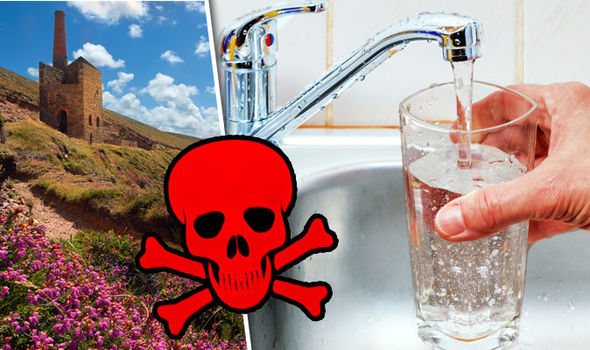pivot62.com – Arsenic is a naturally occurring metalloid found in the Earth’s crust. It is well known for its toxicity and is a significant public health concern, particularly when it contaminates drinking water. Long-term exposure to arsenic through contaminated water can lead to severe health issues, including skin lesions, cancer, cardiovascular diseases, and diabetes. This article explores the prevention and treatment methods for arsenic in drinking water.
Health Impacts of Arsenic
Arsenic exposure through drinking water and food is a major public health threat. Chronic arsenic poisoning can result in various health problems, such as skin lesions, skin cancer, bladder cancer, and lung cancer. Additionally, arsenic exposure has been linked to developmental issues, diabetes, respiratory diseases, and cardiovascular diseases. The World Health Organization (WHO) has identified arsenic as one of the top 10 chemicals of major public health concern.
Prevention Strategies
The primary strategy for preventing arsenic contamination in drinking water is to provide safe and alternative water sources. This can be achieved through several methods:
- Source Water Protection: Identifying and protecting low-arsenic water sources is crucial. This involves finding new sources of water that are free from arsenic contamination and ensuring that these sources are maintained and protected from future contamination.
- Water Treatment Systems: Implementing effective water treatment systems can significantly reduce arsenic levels in drinking water. These systems can include physical, chemical, and biological methods to remove arsenic from water. For instance, adsorption techniques using materials like iron oxide and activated carbon have proven effective in reducing arsenic concentrations.
- Community Education and Awareness: Educating communities about the risks of arsenic contamination and the importance of using safe water sources is essential. This includes promoting the use of water filters and providing information on how to identify and avoid contaminated water sources.
Treatment Methods
While prevention is the best approach, there are also treatment methods available for those already exposed to arsenic:
- Cutting Off the Arsenic Source: The primary treatment principle involves cutting off the source of arsenic exposure. This can be achieved by switching to a safe water source or using water treatment systems to remove arsenic from the water supply.
- Chelation Therapy: Chelation therapy involves the use of chelating agents to bind with arsenic in the body and facilitate its excretion. This method is used to reduce the body’s arsenic load and mitigate the health impacts of chronic exposure.
- Symptomatic Treatment: Managing the symptoms of arsenic poisoning is also important. This includes treating skin lesions, addressing cardiovascular issues, and managing other health complications associated with arsenic exposure. Comprehensive medical care is essential for individuals affected by chronic arsenic poisoning.
Conclusion
Arsenic contamination in drinking water is a serious public health issue that requires immediate attention. By implementing effective prevention strategies and utilizing advanced treatment methods, it is possible to mitigate the risks associated with arsenic exposure. Community education, source water protection, and the use of efficient water treatment systems are key to ensuring safe drinking water and protecting public health.
